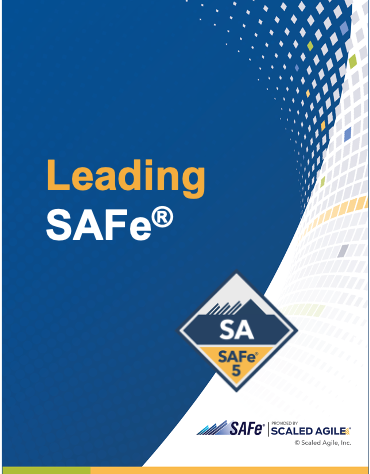Implementation of software solutions varies based on complexity and size. Not all implementations are easy and straightforward. Software alternative implementations of business scale demand more rigorous procedures and compact practices to permit companies to deal with challenges posed during these engagements.
Scaled Agile Firms are also required to take such hard implementations while working in challenging business environments that compels them to implement options from the shortest renewable lead time. You can learn more about the leading SAFe 5.0 from the link https://prettyagile.com/event/leading-safe-5-including-safe-agilist-certification-melbourne/.

As most of us know, the change-driven methods of Agile project management came into being to deal with issues in conventional long-running plan-driven applications jobs. The scaled Loaded frame provided the essential guide for the same.
Reason for SAFe®
The principal purpose for SAFe® was supposed to allow for cooperation, synchronization, and coordinated delivery of alternatives developed by numerous Agile teams. SAFe® is a frame that may be scaled down or up according to the demands of the organization.
How can SAFe® work?
It’s fascinating to comprehend just how SAFe® eases scaling of the size? Scaled Agile framework clarifies roles, duties, artifacts, and actions that have to create and deploy software solutions Lean-Agile applications execution fundamentals. SAFe® fundamentals are manufactured using 3 major bodies of knowledge. They’re as represented in the diagram below.
Agile development adopts change where cross-functional, self-organizing, and self-healing teams create applications iteratively and incrementally utilizing little bursts known as sprints.
Among the crucial fundamentals in Agile methodologies entails lean principles that are to minimize squander or waste including activities and to raise the likelihood and impact of value-adding actions.